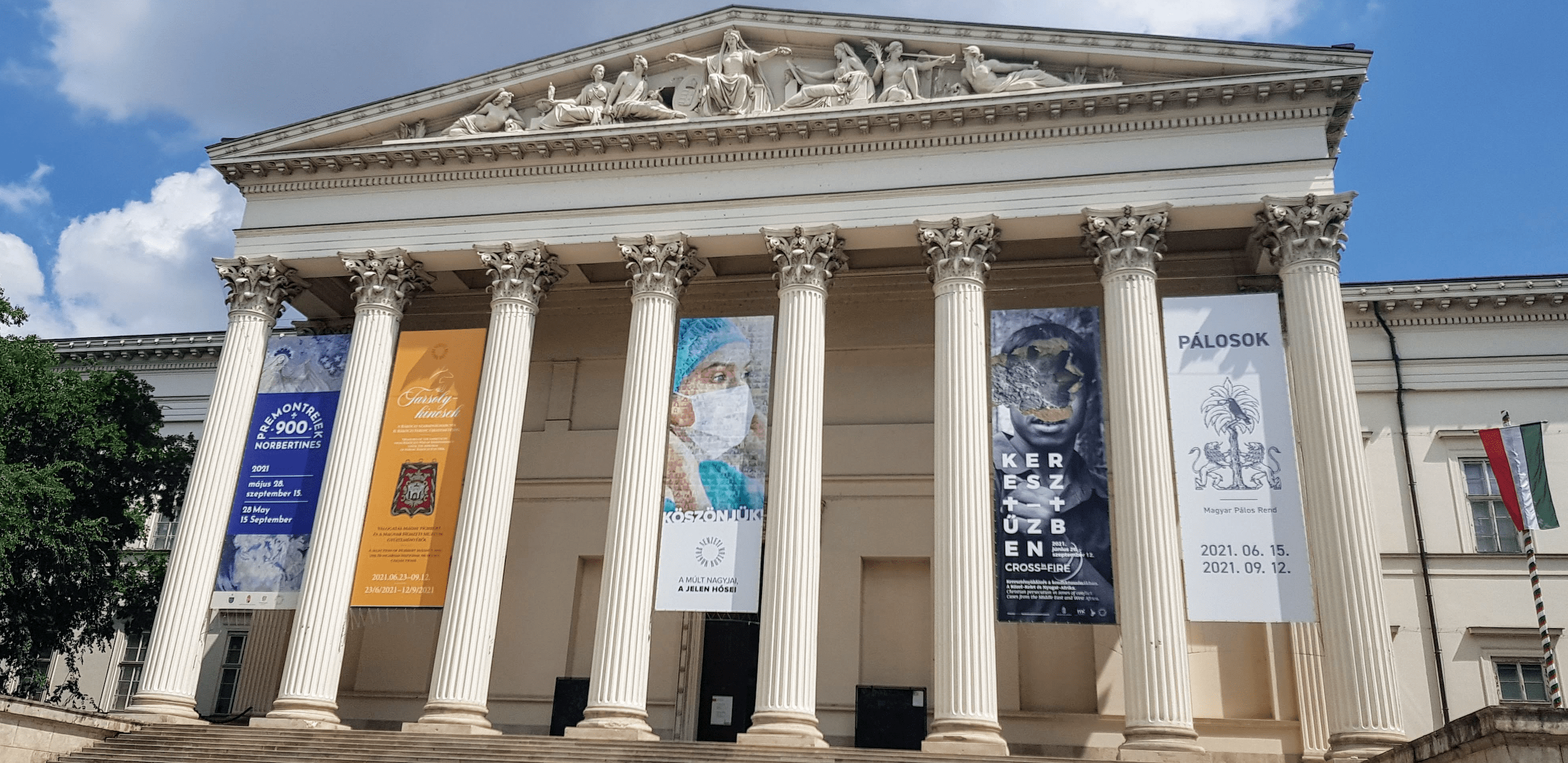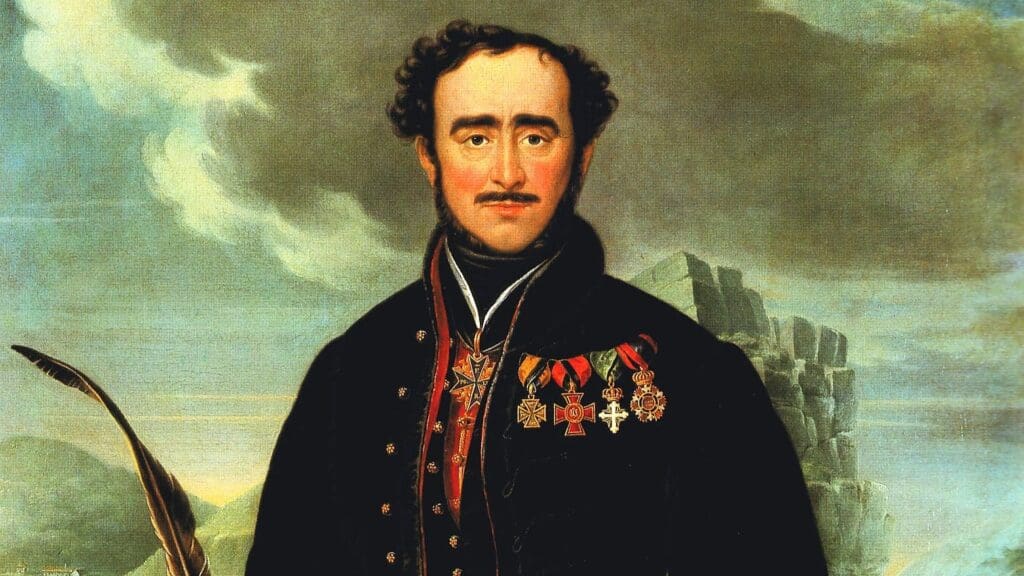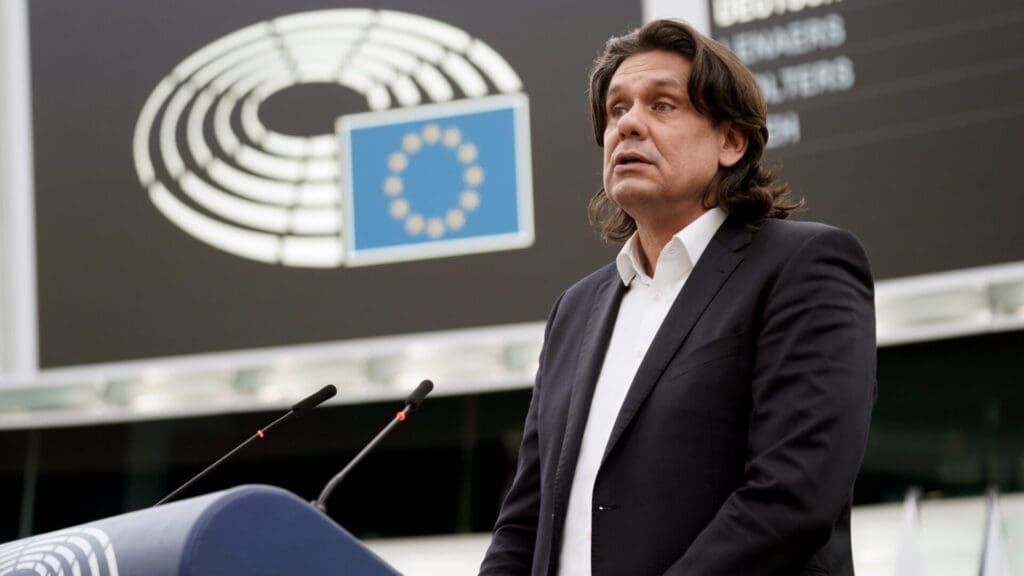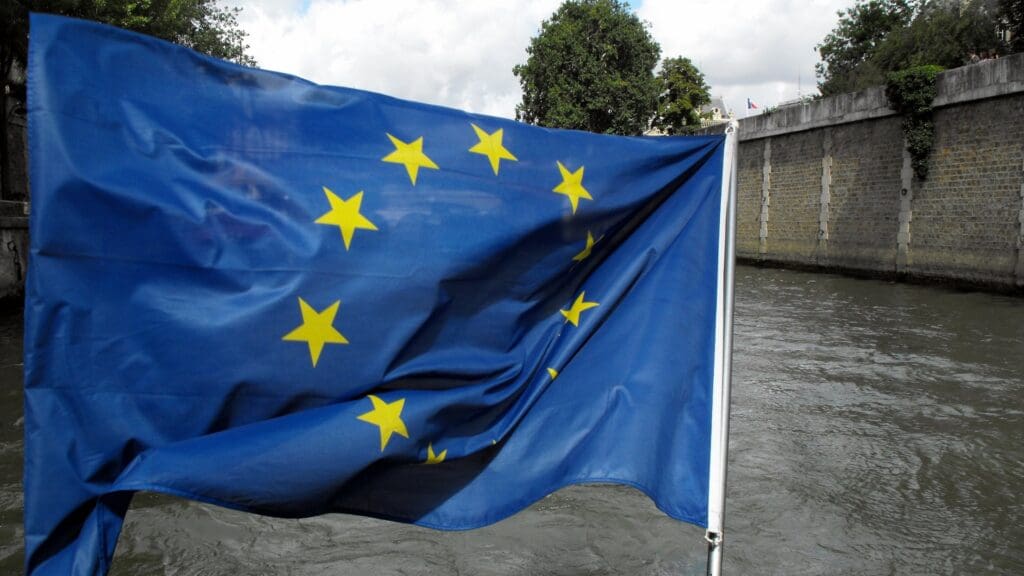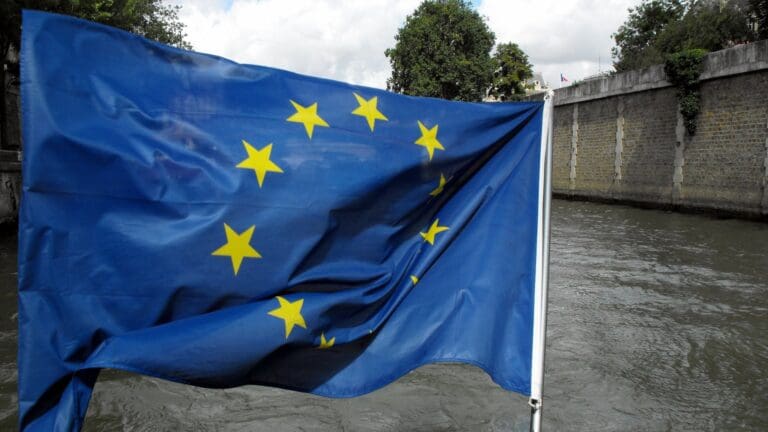The emblematic family of the Zrínyis (Zrinkis), kings from the Árpád dynasty on the throne of Croatia, noble families with both Croatian and Hungarian ties – some examples from the more than 800 years of Hungarian–Croatian personal union, presented in a virtual exhibition.
The Hungarian National Museum and the Galerija Klovićevi Dvori of Zagreb jointly present the cultural and historical relations between Croatia and Hungary via a temporary exhibition. The aim of the joint project is to strengthen the sense of togetherness between the two nations by showcasing 800 years of common heritage.
The first decades of common history have begun with the coronation of Coloman, King of Hungary (Koloman) in 1102, which meant the establishment of the Hungarian–Croatian personal union. The cultural and historical relations are displayed in broad and illustrative content from the Italian humanism through Renaissance to the Baroque era. During the early modern ages, the special relationship of the two countries was manifested in heraldic representation. Their constitutional relationship was settled in 1868, a year after the Austro–Hungarian Compromise, meaning the formation of a state-union with Croatia–Slavonia with the Croats as an individual political nation within. Especially since the seventeenth century, numerous noble families with both Hungarian and Croatian origin had played a significant role in history. The two countries shared architectural relations, particularly since the nineteenth century, and both nations’ architects had implemented significant building constructions in the other country. The exhibition guides its visitors through eight chapters, partly in chronological and partly in thematical order, into the history of the Croatian–Hungarian common heritage.
Since the coronation of Koloman in 1102, the co-existence of the two countries was broadly speaking peaceful, and was undoubtedly based on the common religion: Latin Christianity. By establishing the personal union, the Hungarian monarch was the common ruler of the two countries and was also given the title of King of Croatia. The Pacta conventa, established in the fourteenth century, made it possible to govern the country by a “ban”, appointed by the king. In the late fifteenths century, the threat posed by the Ottoman Empire had seriously affected both nations. The exhibition displays some pieces of art related to the two nations’ medieval relationship: the representation of the ‘Gold Ring of King Coloman’ from the eleventh–twelfth century, the painting of ‘The Kiss of Peace of Croation Magnates to King Coloman in 1102’, and also a painting from 1700 of ‘The Stateroom’s Ceiling of Collegium Illyricum – Hungaricum in Bologna’ showing an institution in Zagreb, which was established in 1553 aiming to provide education for students from Hungarian and Croatian noble families.
The Croatian–Hungarian artistic relations were strongly determined by the Dalmatian–Croatian masters in the court of Matthias Hunyadi besides the large number of Italian humanists
During the Renaissance, the Kingdom of Hungary came into contact with the movement of the rebirth of classical antiquity very early in the fourteenth century. The early couriers of it were the Italian guests of Sigismund of Luxembourg in the Buda court. Besides other influential representatives of the Renaissance movement, such as János Vitéz, Matthias Hunyadi and the Jagiellonians, the Croatian – Dalmatian territories were also significantly affected by Italian Renaissance due to its geographical proximity. During this period, the Croatian–Hungarian artistic relations were strongly determined by the Dalmatian–Croatian masters in the court of Matthias Hunyadi besides the large number of Italian humanists. One of the most iconic artists and connectors of Hungarian and Croatian Renaissance was Giovanni Dalmata, who worked for both the Dalmatian communes and the court of Matthias Corvinus in Visegrád, Hungary. His sculpture ‘Putto with the Coat-of-Arms of the Cippico family’ is also displayed at the exhibition.
In the early Modern Age, the cohesion of Hungary and Croatia was manifested in the Baroque ecclesiastical arts, especially in the furnishings of the Zagreb Cathedral, emphasizing the common celestial patrons of the two nations and legitimizing the reign of Hungarian kings in Croatia. The Diocese of Zagreb was founded by St Ladislaus in 1093. The main altar of the Zagreb Cathedral was dedicated in honour of King Stephen I, whose head relic was also placed in the Cathedral thus making Zagreb center of the medieval cult of St. Stephen. Since the late medieval ages, the Cathedral became the special place for the Virgin Mary as Patrona Hungariae. The heraldic representation of the Croatian–Hungarian polity continued in the early modern art, manifesting in coat of arms, royal seals and coronation medals. The Croatian, Dalmatian and Slavonic coats of arms became permanent elements of the Hungarian crown from the sixteenth century.
The Zrínyis (Zrinskis) are one of the most significant aristocratic families of Hungary and Croatia and had played a significant historical and cultural role. They pursued their activities in the spirit of “dual patriotism” and piled up their rich collection of precious coins, weaponry and wartime trophies in several estates, including Ćakovec (Csáktornya). Later, their treasury ended up in museum collections. The family also had a huge impact on literature by both collecting and publishing books. The most well-known family member Nicholas Zrínyi (Zrinski) poet, warlord and politician published his world-famous epic titled Obsidio Szigetiana (Peril in Sziget/Sziget in danger) in which he commemorates his grandfather, Nicholas Zrínyi (Zrinski) of Szigetvár. The family’s library (also in Csáktornya) was a significant collection of historical and classic works, warfare and political theory and contemporary Italian fiction.
After the Austro–Hungarian Compromise, the period of Croatian–Hungarian dualism had begun in 1868. Hungary and Croatian–Slavonia formed a state union with the Croats as an individual political nation. Thus, the Croatian–Slavonian country became member of the Hungarian Holy Crown. It had its own parliament, however, was governed by a “ban” appointed by the Hungarian king. It had autonomy in internal affairs, justice, religion and public education but was ruled by Hungary in military expenses, foreign affairs and court costs. These rulings had determined the two countries’ relationship until the end of the First World War.
The exhibition highlights the role of Rijeka (Fiume) and displays famous paintings related to the town. The port town came into the possession of the Habsburg family in 1366. It had received significant autonomy under Maria Theresia in 1779 and had a special relationship with Hungary until the end of the First World War. The town with diverse national composition lived its best life under the decades of Austro–Hungarian Monarchy as being the only seaport of Hungary and had experienced economic boom. Numerous magnificent buildings were erected, making the Croatian–Hungarian architectural heritage even richer, such as the Governor’s Palace which was designed by the Hungarian architect, Alajos Hauszmann.
Due to the wide autonomy given by the Croatian–Hungarian Compromise Act of 1868, the country could independently represent itself in the economic, industrial and cultural exhibitions of Hungary in 1885 and 1896. From the eighteenth century, the number of Hungarian architects who were hired to design castles and places of worship in Croatia had grown. These works were characterized by historicism until the late nineteenth century, later by Art Nouveau and included more motifs of vernacular Hungarian applied arts. Besides the numerous castles of the Slavonian aristocracy, designed by famous Hungarian architects like Alajos Hauszmann, Ferenc Storno and István Möller, an entire series of railway stations were designed both in Croatia and Hungary by Ferenc Paff. The most prestigious and monumental buildings included post offices and telegraph buildings in Zagreb.
By showcasing 60 objects, which are representing the most iconic pieces of the common cultural and historical heritage, the exhibition provides an insight into the centuries of Hungarian history, rich in fine art and shared treasures with Croatia.


